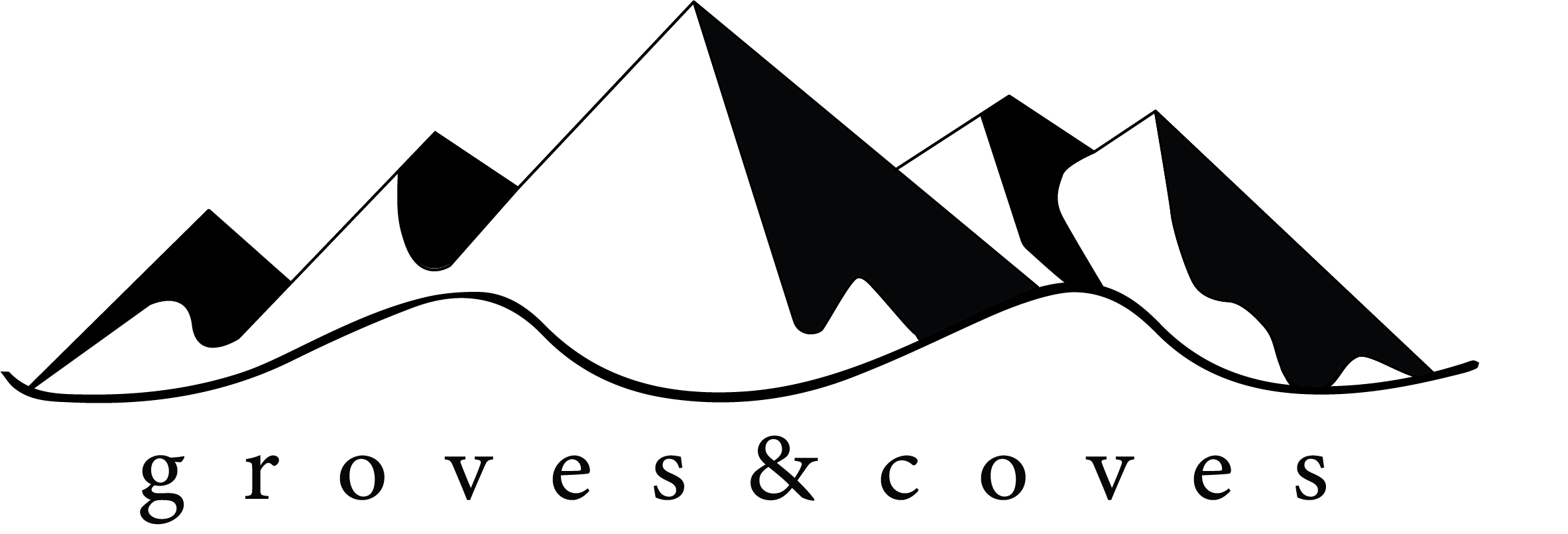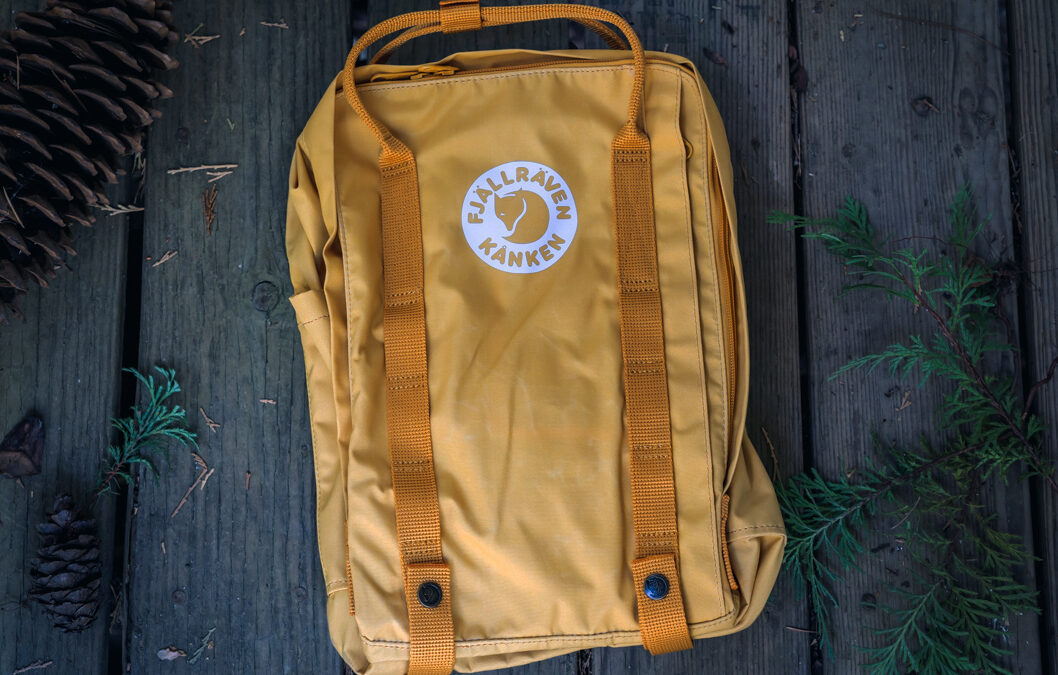The Fjällräven Tree-Kånken is an eco-friendlier spin off the Swedish brand’s classic Kånken backpack, a simple canvas rucksack originally designed for schoolchildren in 1978. Since the 70s, the Kånken has become a cult favorite worldwide for its recognizable, minimalistic, Scandinavian style. While staying true to its stylish past, the Tree-Kånken is a step in a more sustainable direction—and Katie can’t get enough.
The Quick and Dirty:
Who it’s for: city explorers, short hike enthusiasts
What we love: the overall minimalist style and large pocket
What we don’t dig: simple, non padded straps
When and where we’ll use it: short hikes and everyday around town
Why we’re stoked: It’s perfectly minimalist while fitting what we need for short hikes and biking to the local coffee shop to work.
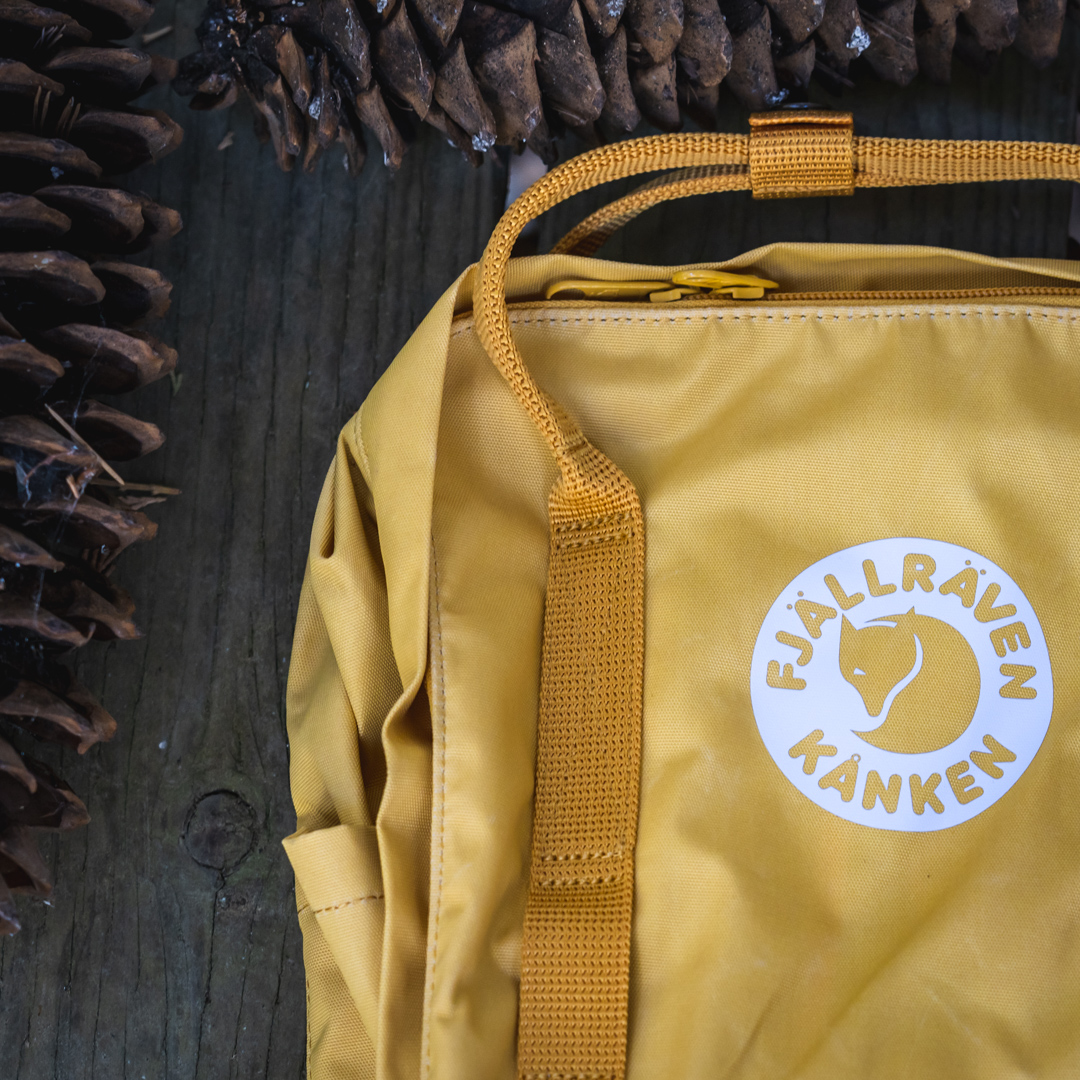
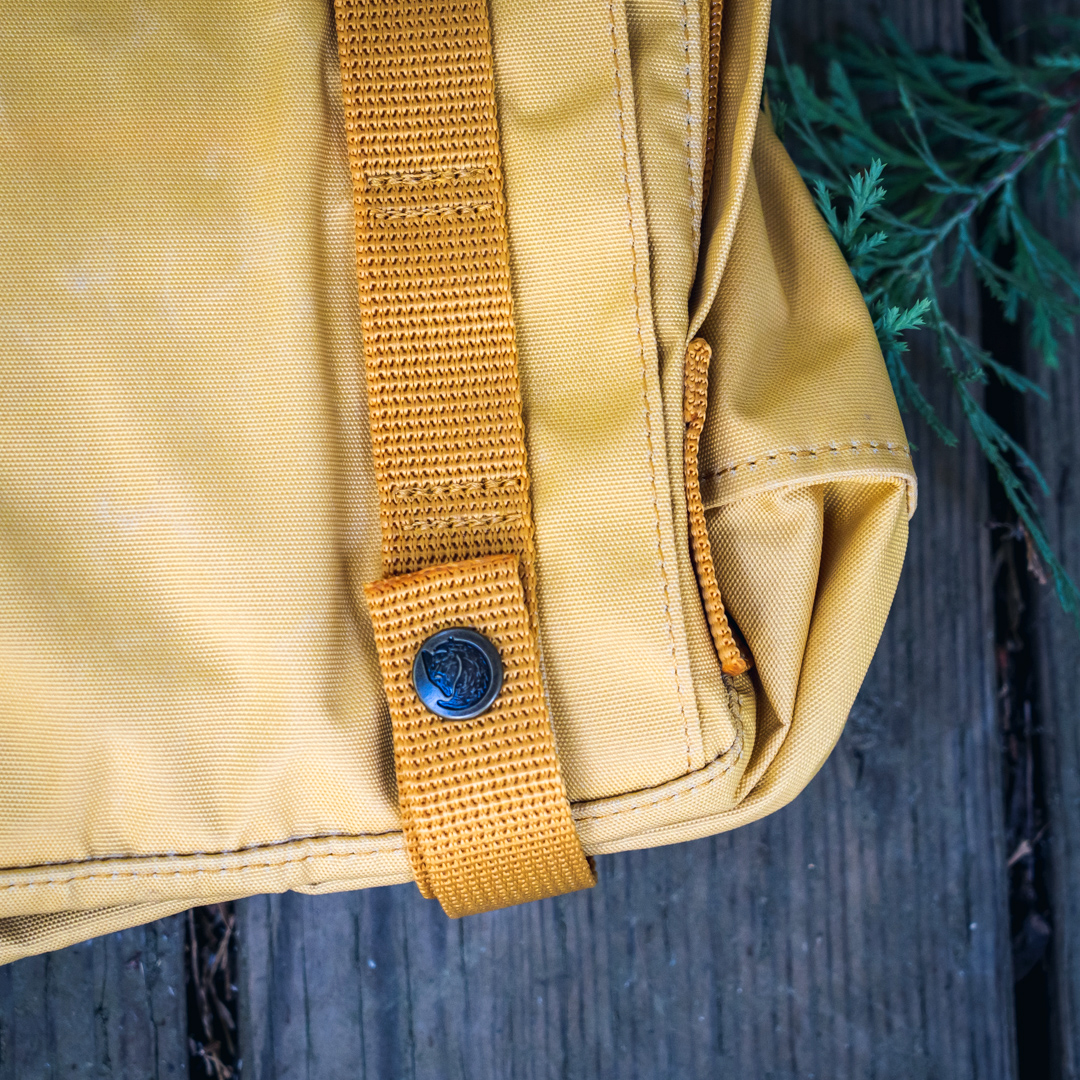
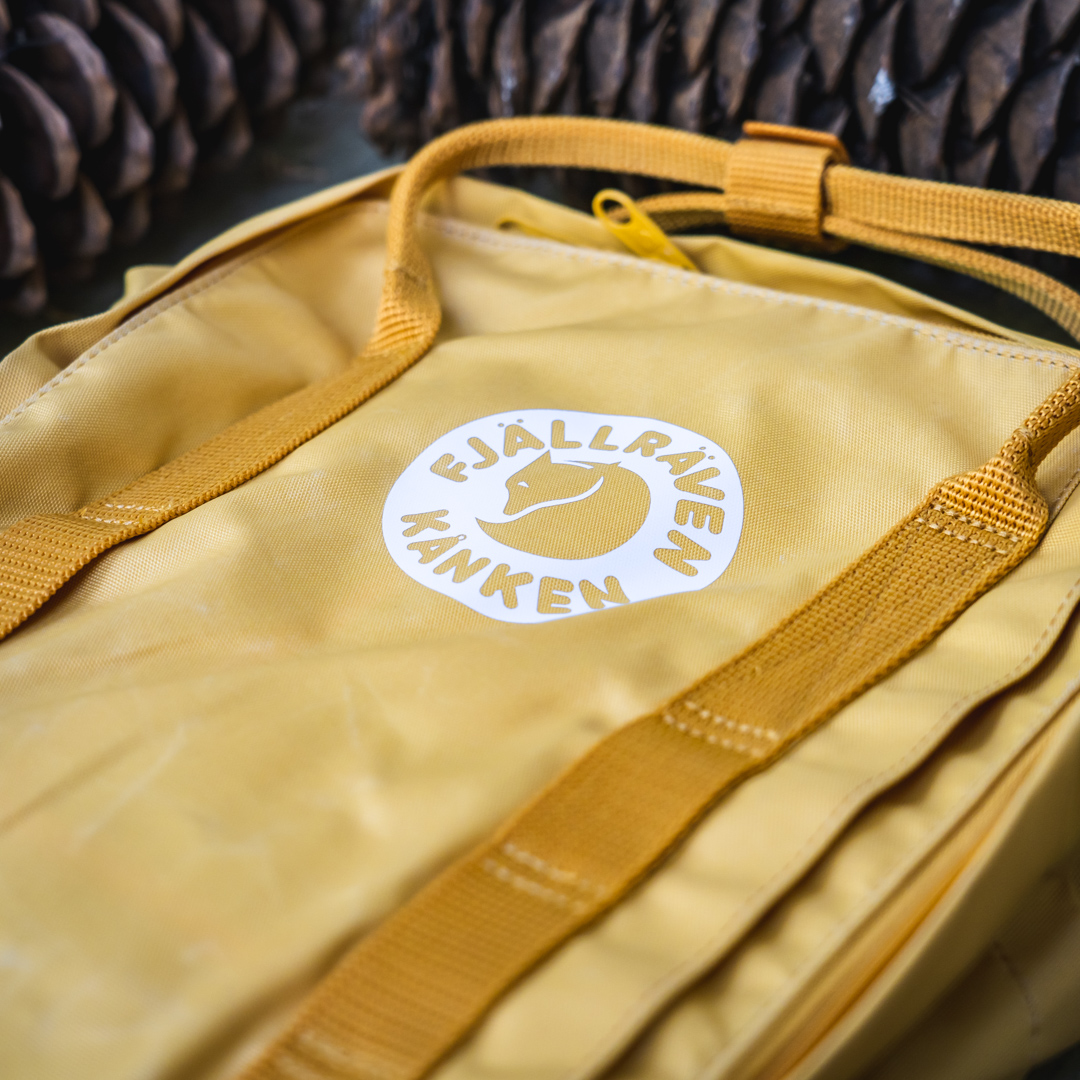
Swedish Simplicity
Simplicity is a basic tenet of Swedish culture. From the Scandinavian nation’s renowned architecture and design, to the largely red gummy fish that cement satisfyingly to your molars, to the deeper ethos and values that drive its people, minimalism seems a common thread.
Now, I don’t know this for a fact. I’ve eaten many of said red fish, but I’ve never been to Sweden. That said, I met a precocious preteen in our new condo’s communal hot tub yesterday who told me that the country ought to be on the top of my bucket list. I didn’t grill her on Sweden’s relationship with simplicity—I should have—but she said she last visited when she was two, and I wasn’t sure if her frontal lobe would’ve been adequately developed to notice cultural nuances, compare and contrast, etc. at such a young age, let alone remember them. I never traveled internationally or explored such abstract concepts until I was well past three, so I know not. But I digress.
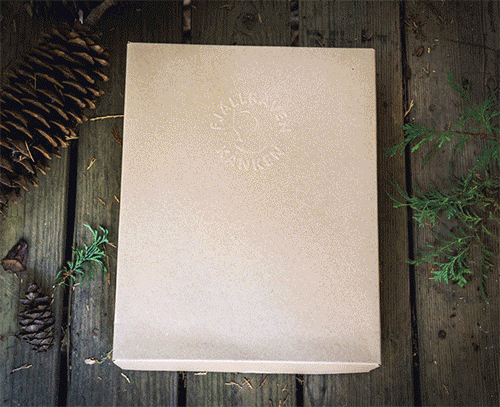
There are a couple exceptions to the rule. The outfits and harmonic arrangements of Swedish pop group ABBA were anything but simple. And the instructions for an IKEA desk that my folks bought me in seventh grade might as well have been riddles written in hieroglyphs, as they required the nimble mind of, say, National Treasure star Ben Gates to decipher their secrets. We put the desk together eventually, but to this day, I’m convinced that the Statue of Liberty’s jade toenail—a most holy relic thought lost forever—was hidden in a secret drawer in that desk. We never found it. Perhaps we’ll learn the truth in Nicholas Cage’s opus, National Treasure 7: Cleopatra’s Clippers and the Desk of Destiny.
But I digress, yet again, distracted by a cluttered mind that could use a proverbial döstädning. The Swedish word for “death cleaning,” döstädning refers to the art of getting rid of shit so your family members don’t have to hawk it teary-eyed at garage sales when you’re dead and buried—yet another example of Swedish simplicity.
If you’re still aboard my train of thought, one that threatens to careen off the rails at any moment, congratulations, and thank you. This introduction is decidedly atypical for a gear review, but it does serve a purpose. Sometimes, in this crazy world, simplicity is welcome. And no one delivers simplicity like Swedish outdoor brand Fjällräven.
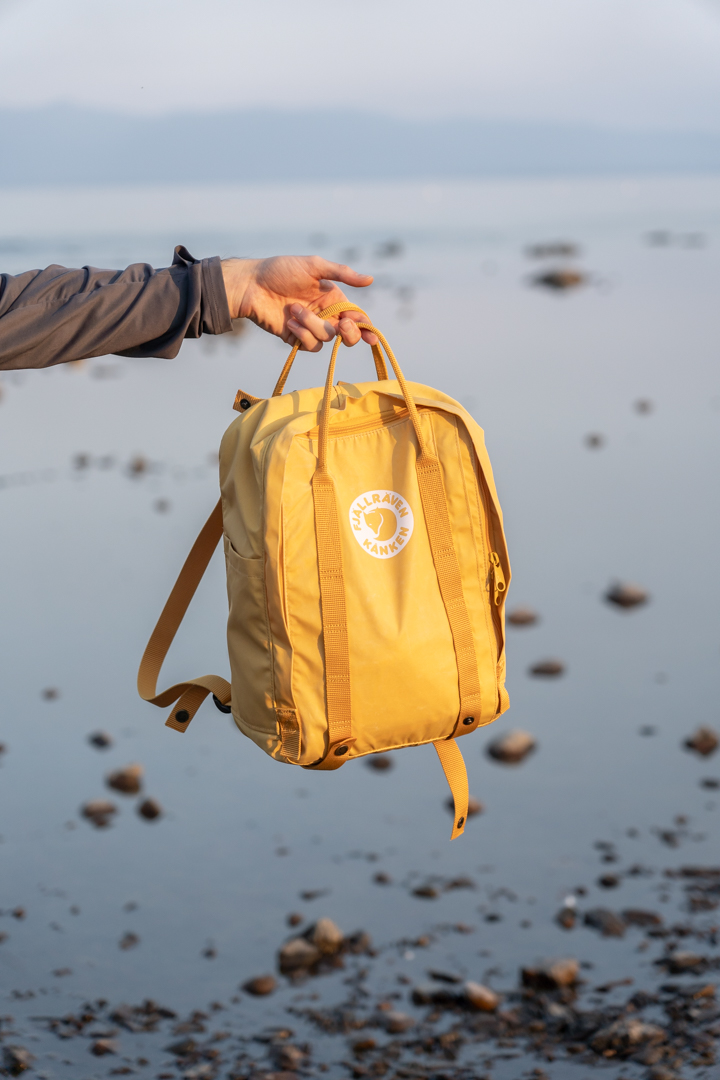
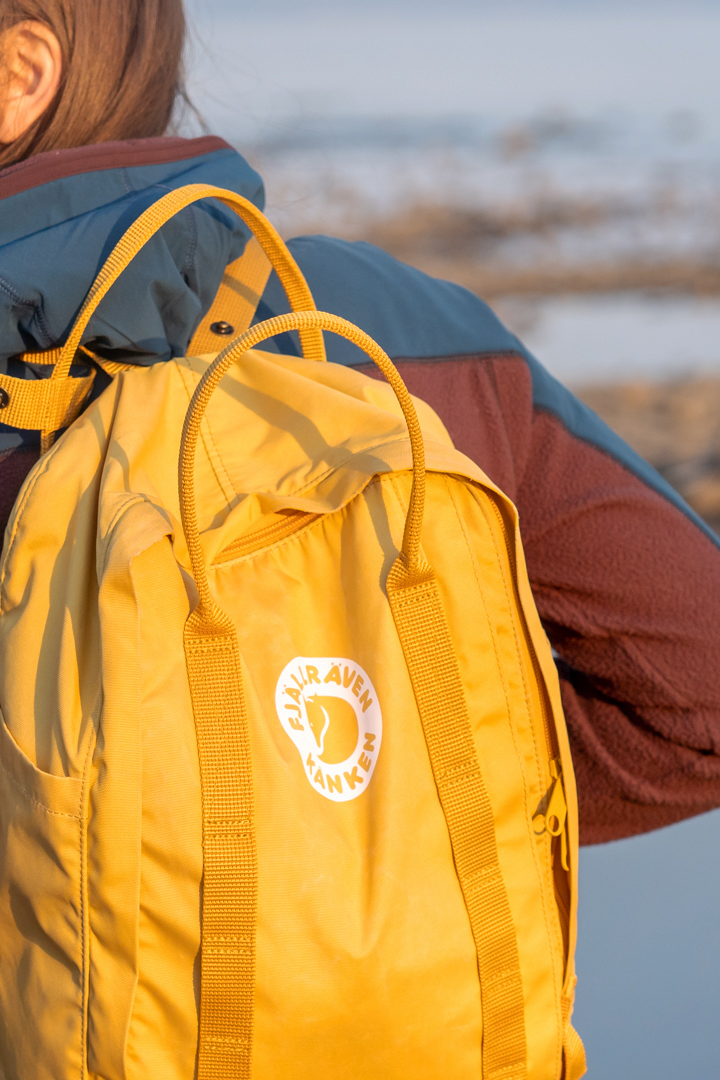
The Fjällräven Kånken Backstory
Most backpacks don’t have much of a backstory at all, but that’s not the case with the Kånken. When Åke Nordin founded Fjällräven in a basement back in 1960, the first product he released was a backpack. The brand grew, adding sleeping bags and jackets and other outdoor gear to the line, but backpacks were always at the core.
Fast forward to the 70s, and an alarming majority of Swedes suffered from back pain (this isn’t a joke), many of whom relied on shoulder bags. Nordin designed the Kånken backpack in 1978, hoping to evenly distribute the weight of books and binders for schoolchildren. The pack improved the postures of generations of Swedes, but its simple design—a larger compartment and a smaller one, the Fjällraven arctic fox logo popping against colorful, hard-wearing canvas—would capture the hearts, minds, and, yes, spinal columns, of a global audience.
Tree-Kånken Review
The Kånken family tree has expanded over the years—incorporating slings, totes, hip packs, etc.—but the basic backpack recipe hasn’t changed much since those early days. The Tree-Kånken we tested isn’t a technical pack—although Fjällräven does have you covered in that department, too—check out the Kajka 75 backpack and Bergtagen 30 backpack. Rather, it’s a minimalistic bookbag, with a retro design, built to last years, if not decades, of daily use.
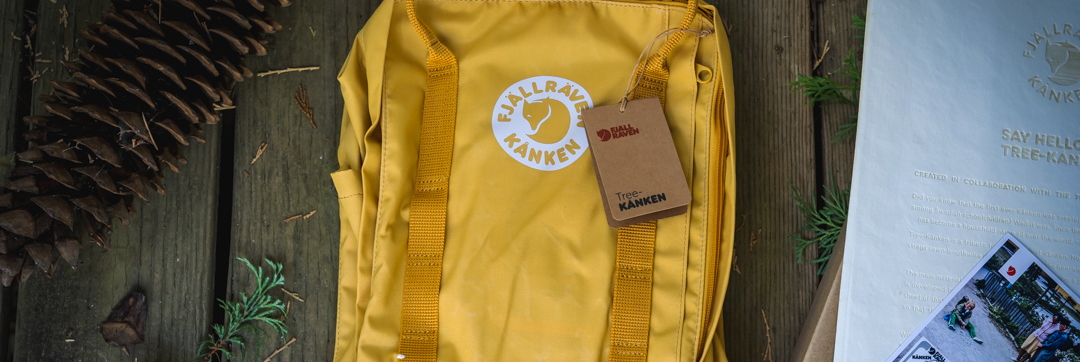
The Tree-Kånken measures 36cm x 28cm x 14cm, offering 16L of packable space. Room for a laptop, a binder, a few books, and a couple odds and ends. It sports few features:
o lash points down the front of the bag
o straps to lash a coat, yoga mat, or the like to the bottom of the pack
o dual lateral water bottle holders
o a laptop sleeve with a removable, centimeter-thick foam pad
It’s simple. Simple AF. But the simplicity works. It’s endearingly minimalistic, perfect for heading to class with no distractions, or strolling around a new city with a compact camera, sweater, wallet, keys, and phone. Granted, the size of the pack and its lack of tech and organizational features will prohibit efficacious use on any serious adventure. That said, for daily life, it’s perfect. It’s a reliable piece of gear with Swedish sensibilities and style that Katie has come to use day-in, day-out.
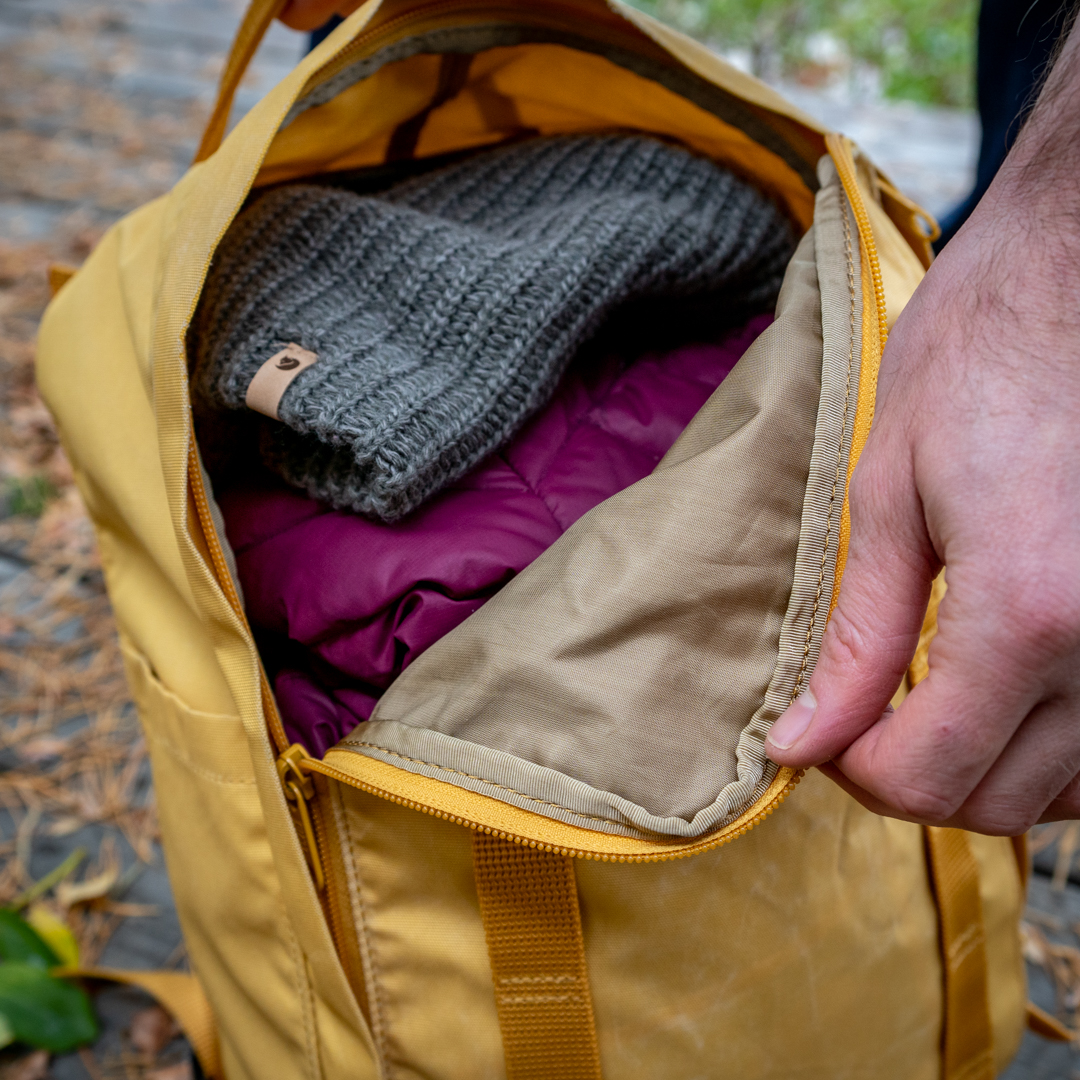
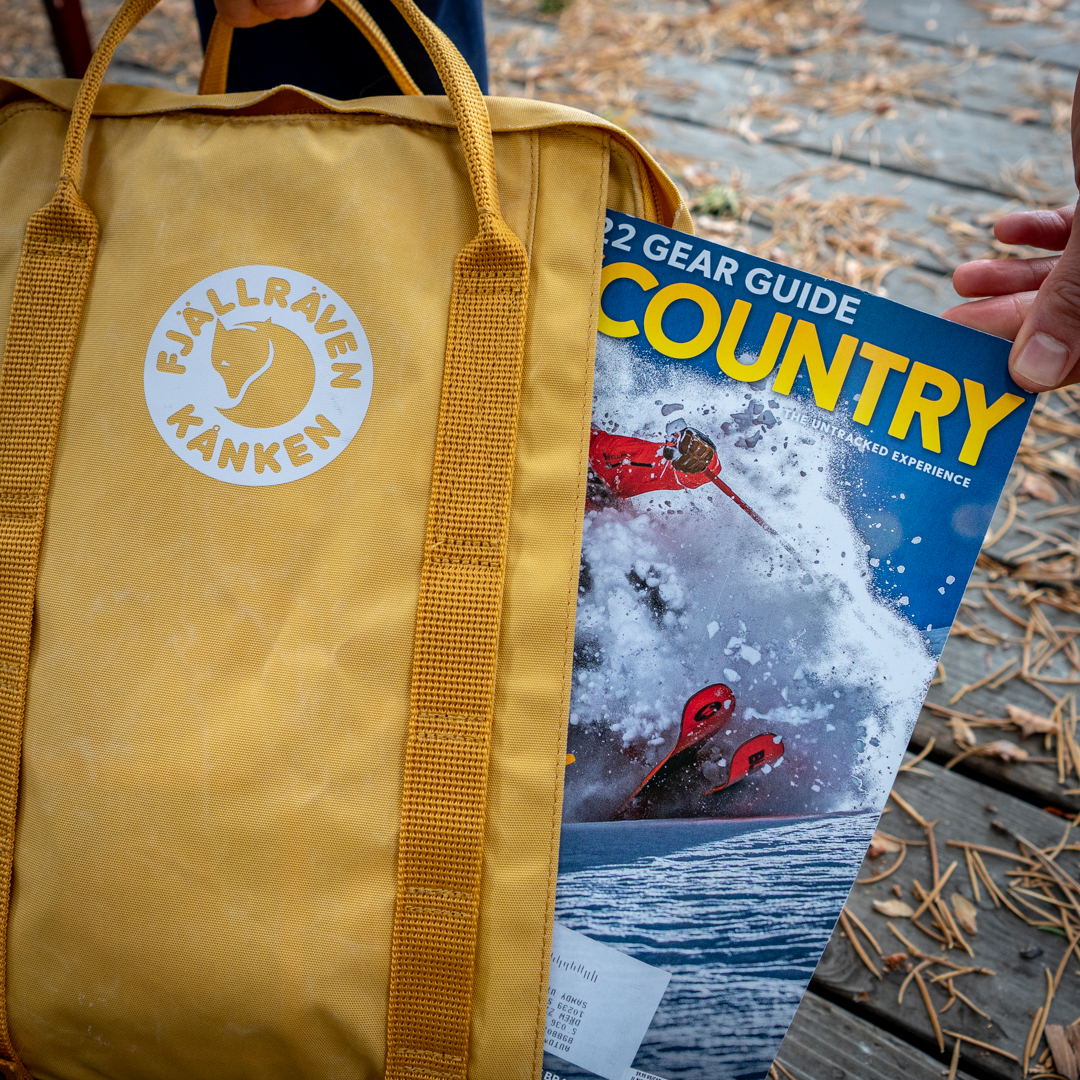
A Sappy Story
